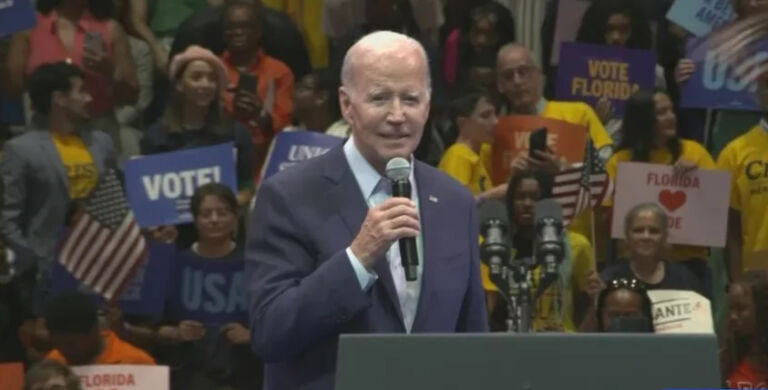According to the latest North Carolina Department of Commerce release, North Carolina’s unemployment rate decreased to 3.7% in December 2021. The gap between state and national unemployment continues to narrow as the national average dropped to 3.9%.
Leisure and Hospitality Services, Information Services, and Construction reported the largest annual employment gain: 11.3%, 6.9%, and 5.6%, respectively.
Sixteen thousand people joined the state’s civilian labor force over the month, a 0.3% increase (nearly doubling November’s additions). There are now 5,057,733 workers in the labor force (seasonally adjusted). This figure, however, is still nearly 53,000 smaller than the state’s pre-pandemic labor force (January 2020) of 5,110,694 workers.
Average weekly and hourly earnings continued to rise as inflation persisted. Average weekly earnings increased by $66.33, a marked 7% increase from December 2020. Unfortunately, these wage gains were entirely consumed by inflation, which also reached a 7% annual increase in December.
North Carolina’s economy forged ahead, making large labor force gains. Even still, inflationary pressures threaten the economy overall. As inflation drives up prices at the grocery store and gas pump, wages are also rising significantly and are now keeping pace with inflation. Monthly inflation reports show a steady rise in prices, an unlikely climate for cooling in the near future. In North Carolina, likely GOP primary voters ranked combatting inflation as the third most important priority (from a list of ten issues) for the U.S. Senate, behind only ensuring election integrity and a secure border.


